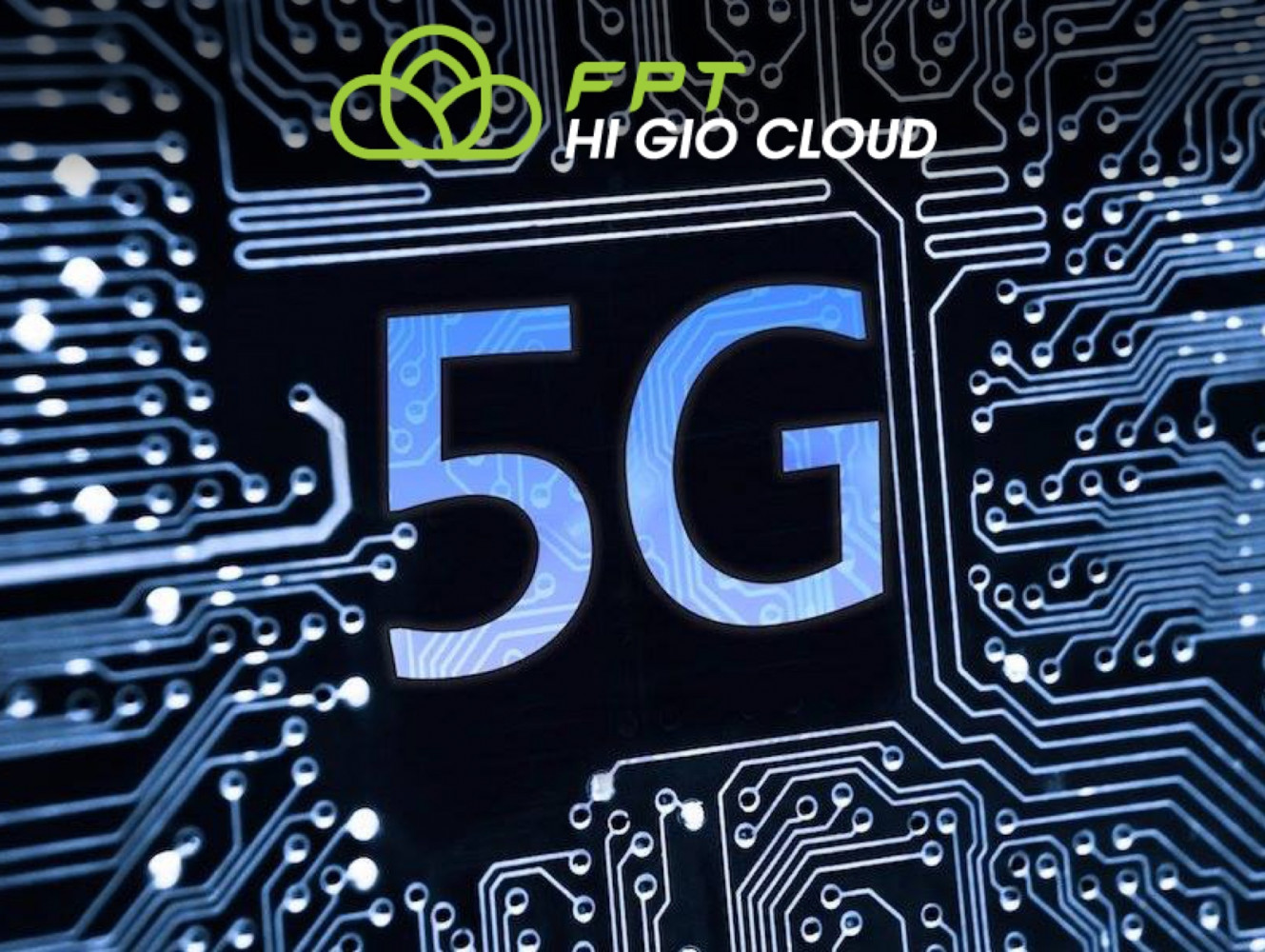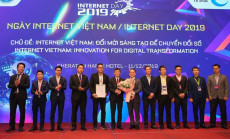Weekly team pick: Everything You Need to Know About 5G
1. What is 5G?
5G is the 5th generation mobile network. It will take much larger role than previous generations. 5G will elevate the mobile network to not only interconnect people, but also interconnect and control machines, objects, and devices. It will deliver new levels of performance and efficiency that will empower new user experiences and connect new industries. 5G will deliver multi-Gbps peak rates, ultra-low latency, massive capacity, and more uniform user experience.

2. What are the other generations of mobile networks?
The other mobile network generations are 1G, 2G, 3G, and 4G.
1G delivered analog voice.
2G introduced digital voice.
3G brought mobile data.
4G LTE ushered in the era of mobile Internet.
3. What are the benefits of 5G?
5G is a new kind of network: a platform for innovations that will not only enhances today’s mobile broadband services, but will also expand mobile networks to support a vast diversity of devices and services and connect new industries with improved performance, efficiency, and cost.
Through a landmark 5G Economy study, we found that 5G’s full economic effect will be realized across the globe by 2035, supporting a wide range of industries and potentially producing up to $12 trillion worth of goods and services.
The study also revealed that the 5G value chain (OEMs, operators, content creators, app developers and consumers) could alone generate up to $3.5 trillion in overall aggregate revenue by 2035 .
4. What services and use cases do you see for 5G?
In general, 5G use cases can be broadly categorized into three main types of connected services:
Enhanced Mobile Broadband: 5G will not only make our smartphones better, but it will also usher in new immersive experiences, such as VR and AR, with faster, more uniform data rates, lower latency, and cost-per-bit.
Mission-Critical communications: 5G will enable new services that can transform industries with ultra-reliable/available, low latency links—such as remote control of critical infrastructure, vehicles, and medical procedures.
Massive Internet of Things: 5G will seamlessly connect a massive number of embedded sensors in virtually everything through the ability to scale down in data rates, power and mobility to provide extremely lean/low-cost solutions.
A defining capability of 5G is also the design for forward compatibility—the ability to flexibly support future services that are unknown today.
5. How fast is 5G?
5G is expected to deliver peak data rates up to 20 Gbps. But 5G is more than about just how “fast” it is. In addition to higher peak data rates, 5G will provide much more network capacity by expanding into new spectrum, such as millimeter wave (mmWave). 5G will also deliver much lower latency for a quicker immediate response, and an overall more uniform user experience so that the data rates stay consistently high even when users are moving around. Moreover, the new 5G NR (New Radio) mobile network will be backed up by Gigabit LTE coverage foundation, which will provide ubiquitous Gigabit-class connectivity.
6. What are the key differentiating 5G technologies?
5G is bringing a wide range of technology inventions in both the 5G NR (New Radio) air interface design as well as the 5G NextGen core network.The new 5G NR air interface introduces many foundational wireless inventions, and in our opinion, the top five are:
Scalable OFDM numerology with 2n scaling of subcarrier spacing
Flexible, dynamic, self-contained TDD subframe design
Advanced, flexible LDPC channel coding
Advanced massive MIMO antenna technologies
Advanced spectrum sharing techniques
7. How does 5G work?
Like 4G LTE, 5G is also OFDM-based and will operate based on the same mobile networking principles. However, the new 5G NR (New Radio) air interface will further enhance OFDM to deliver a much higher degree of flexibility and scalability.
5G will not only deliver faster, better mobile broadband services compared to 4G LTE, but it will also expand into new service areas, such as mission-critical communications and connecting the massive IoT. This is enabled by many new 5G NR air interface design techniques, such as a new self-contained TDD subframe design.
8. When is 5G coming out?
5G should be available in 2019. 3GPP (3rd Generation Partnership Project, the standards body that is helping define 5G) made a decision to accelerate the initial phase of 5G NR (New Radio) – the new global 5G standard – to begin in 2019.
It is important to note that initial 5G NR deployments will focus on enhanced mobile broadband (eMBB) use cases to boost capacity and provide an elevated mobile broadband experience (faster speeds, lower latencies, etc.).
As with previous generations of mobile networks, it will take time to proliferate the new 5G network. 4G LTE will continue to grow and serve as the anchor of the 5G mobile experience (via multi-connectivity) for many years to come by providing Gigabit data rates outside 5G coverage areas.
9. How much is 5G?
5G doesn’t have a price tag yet. A key 5G objective is to lower the cost-per-bit (data cost) compared to 4G LTE, by leveraging new and wider spectrum in higher bands including the mmWave range.
This could potentially allow mobile operators to continue offer unlimited data plans even with increasing data consumption. This can also enable new use cases and make more applications economically viable for broader adoption in a 5G network. For example, 5G can help to proliferate immersive augmented and virtual reality, which is possible today with 4G LTE but may be limited by network capacity and data costs.
10. What is the difference between 4G and 5G?
5G is a unified platform that is more capable than 4G. While 4G LTE focused on delivering much faster mobile broadband services than 3G, 5G is designed to be a unified, more capable platform that will not only elevate mobile broadband experiences, but also support new services such as mission-critical communications and the massive IoT. 5G will also natively support all spectrum types (licensed, shared, unlicensed) and bands (low, mid, high), a wide range of deployment models (from traditional macro-cells to hotspots), as well as new ways to interconnect (such as device-to-device and multi-hop mesh).
5G uses spectrum better than 4G. 5G will also get the most out of every bit of spectrum across a wide array of available spectrum regulatory paradigms and bands — from low bands below 1 GHz, to mid bands from 1 GHz to 6 GHz, to high bands known as millimeter-wave.
5G is faster than 4G. 5G will be significantly faster than 4G, delivering up to 20 Gigabits-per-second peak data rates and 100+ Megabits-per-second average data rates.
5G has more capacity than 4G. 5G will support a 100x increase in traffic capacity and network efficiency.
5G has lower latency than 4G. 5G has significantly lower latency to deliver more instantaneous, real-time access: a 10x decrease in end-to-end latency down to 1ms1.











